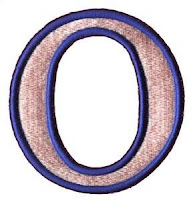Frightening myths and superstitions have been created around some animals. But these stories are not true, and it is important to learn about these amazing animals.
WOLVES live in many northern countries. Grey wolves are fast runners, and chase down their prey. They hunt deer, elk, moose, hares and beavers. In some places wolves kill farm animals and eat rubbish from bins. Wolves live in packs of up to 20 animals. These packs are very close and organized: travelling, hunting and raising families together.
The AYE-AYE lives in the rainforests of Madagascar. Using its long, bony middle finger, it taps on tree branches and listens for beetles and grubs moving under the bark. When it hears a grub moving, it picks it out of the bark using its long finger. It also uses its middle finger to scoop out the flesh from inside coconuts.
FOUL FACT! Some people in Madagascar believe that a person will die if an aye-aye points its long middle finger at them.
































